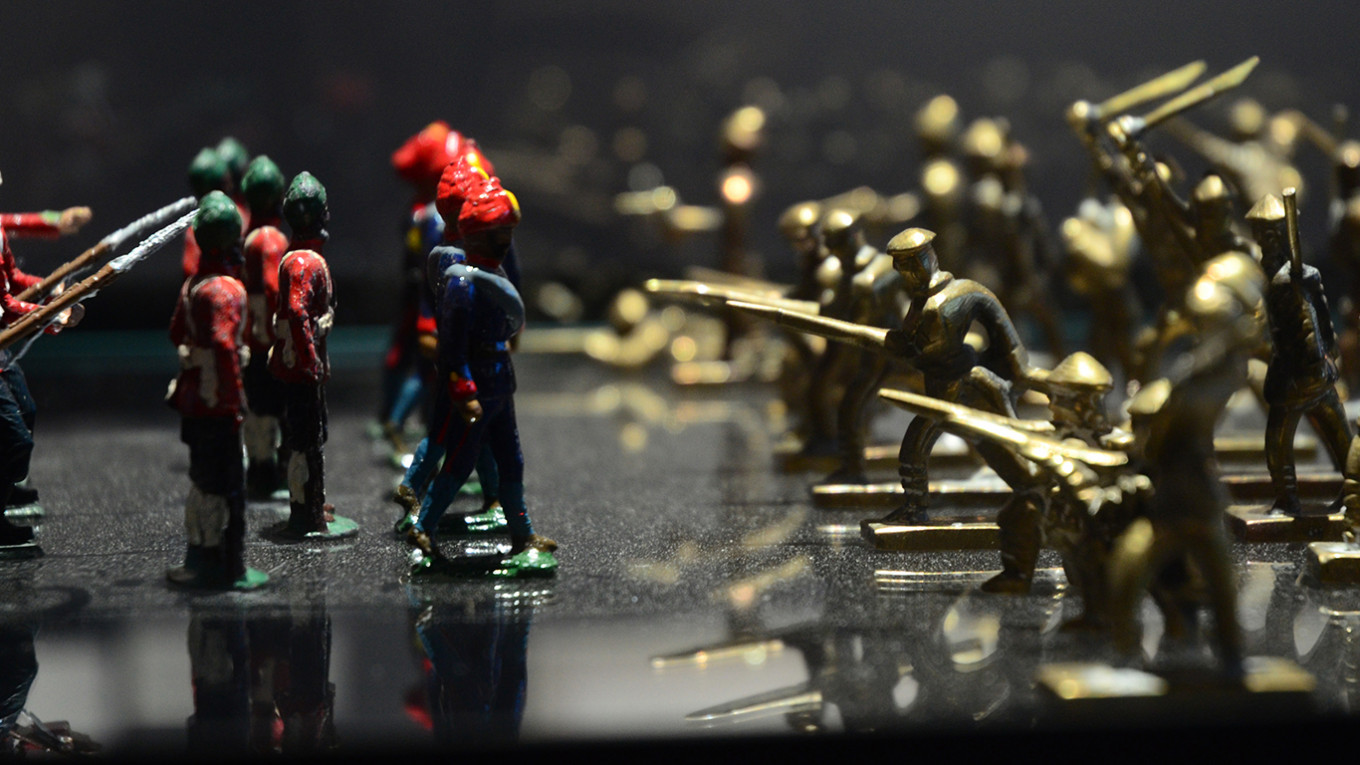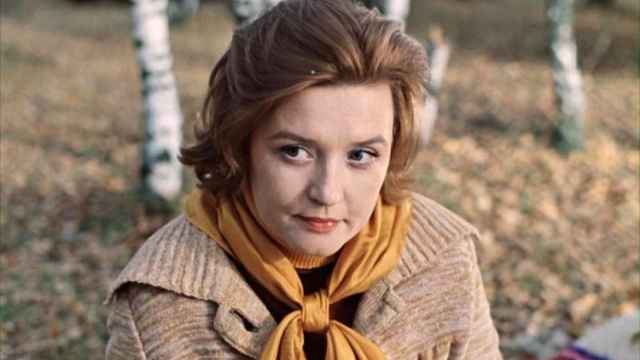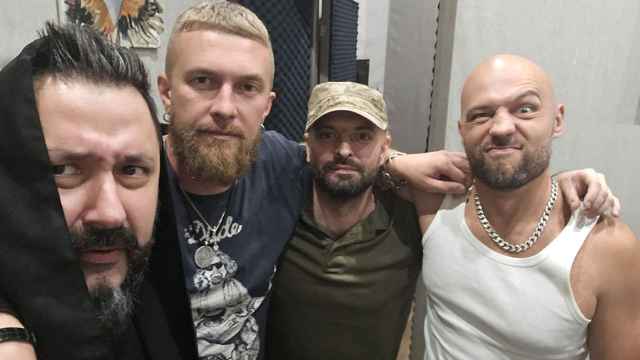The Ural Industrial Biennale of Contemporary Art is less than a decade old, but today it’s considered one of the largest international exhibition projects in Russian contemporary art. Every two years it transforms factories and non-typical cultural spaces of Yekaterinburg and the cities of the Sverdlovsk region into vibrant museums of cutting-edge art.
For the first time in Biennale’s history, the fifth edition’s main project takes place at a functioning factory — the Ural Optical and Mechanical Plant. To be more precise, the Biennale is spread over two stories of a beautiful Soviet modernist building that is scheduled to undergo a renovation.
The Ural Optical and Mechanical Plant was evacuated to Yekaterinburg during World War II. Today it’s part of the defense industry giant Rostec Group and one of Russia’s leading optical enterprises. It produces traffic lights, medical equipment and classified electronic devices.
“Of course, working at an operating factory has its own limitations: security policies, etc. For instance, visitors can’t enter without a passport, and foreigners are required to register five days before their visit,” Alisa Prudnkinova, commissioner and artistic director of the Biennale, told The Moscow Times.
The Biennale’s theme this year is “immortality.” The curator chosen for the main project is Xiaoyu Weng, who curates at the Guggenheim Museum in New York and is also a contributing editor of Leap, a magazine dedicated to Chinese contemporary art.
The main project covers 10,000 square meters and involves 76 artists and art groups from 25 countries. Among them are several world-famous artists, such as Carlos Amorales (Mexico); Pavel Pepperstein (Russia); Shimabuku (Japan); and Felix Gonzalez-Torres (U.S.). Most artists were given at least one room to fill and therefore the visitors can appreciate their art with undivided attention.
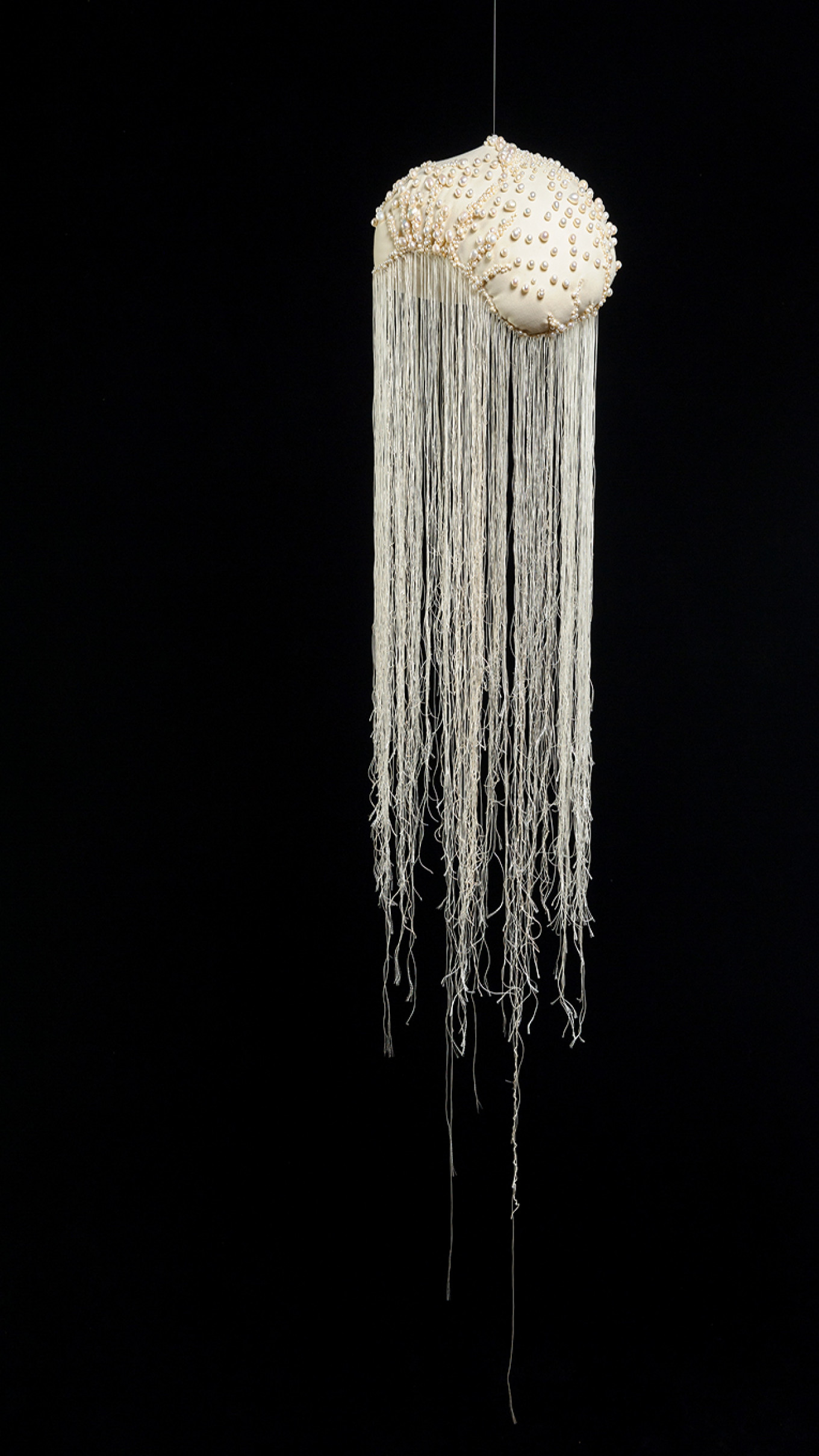
Weng suggested exploring the issues of immortality through the relationship between man and modern technology, as well as through attitudes towards death in different cultures. The main project’s title is “For A Multitude of Futures” and it’s divided into several overlapping sections: Fire, Violence and the Mushroom Clouds, the Butterfly and the Museum, the Jellyfish, etc. Each has a central piece, which corresponds to the name of the section.
For example, Carlos Amorales’ immersive installation called “Emigration of Butterflies” is part of “the Butterfly and the Museum” section. It’s comprised of two rooms, entirely filled with cardboard black butterflies — which almost instantly became the number one selfie attraction for the Biennale’s visitors. “The Jellyfish” centers on a series of handcrafted, embroidered objects by Russian artist Ustina Yakovleva that resemble the nearly immortal sea creature.
Maria Safronova imagined what an abandoned school looked like after the Chernobyl explosion in paintings of various classrooms, gym, a swimming pool, etc. Her works form part of “Violence and the Mushroom Clouds” zone.
Most of the space on the second floor is occupied by art residence projects. More than a dozen artists did their work in various Ural cities, working with the context of industrialism and immortality. The highlight is an inflatable city of art objects with a trampoline that any adult can climb on. The creator is a young artist who calls himself Krasil Makar and wants to revive the traditions of Ural-Siberian painting.
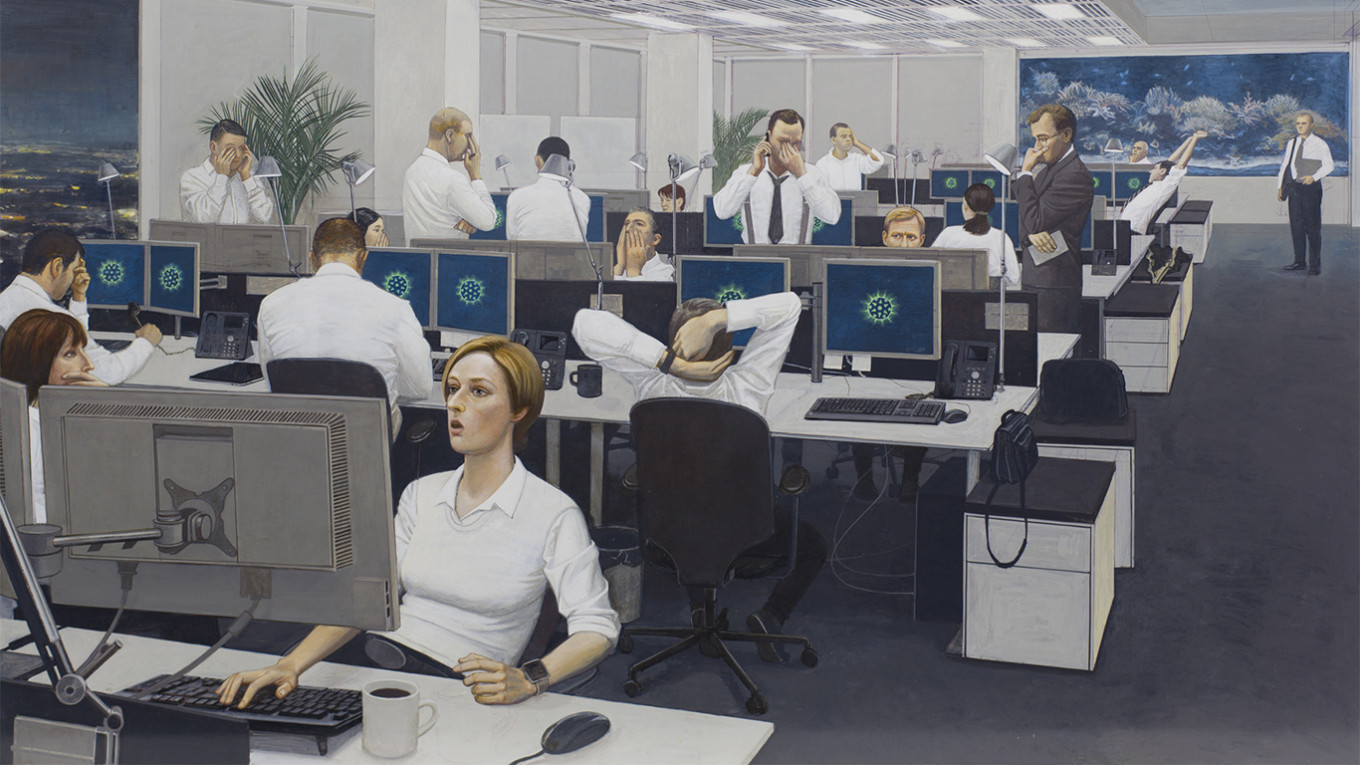
Another project on view on the second floor is devoted to the Ural Optical and Mechanical Plant itself. Called “Received from or handed to,” the project tries to show the lives of those who worked at this part of the plant, using an archive of personal files of employees, photographs, factory newspapers and other documents.
The second venue of the Biennale is the Coliseum Cinema, the first movie theater in Yekaterinburg, built in 1847 as a theater and revamped for film in 1886. Located in the city center, the Coliseum hosts the extensive public program, as well as several small art objects and a comprehensive survey of Russian cosmism by Arseny Zhiliaev and Anton Vidokle.
Several special projects have been organized as part of the Biennale, one of which is held at the Ivan Slovtsov Museum Complex in Tyumen, the first time the Biennale reaches out beyond the Urals’ geographical borders. Entitled “Everything Is Not What It Seems,” the exhibition focuses on the local artists, working in the Urals and Siberian regions.
The main project runs until Dec. 1, but the special project in Tyumen closes on Nov. 17. For more information about the Biennale, see the site. For more information about travel to Yekaterinburg, see some of the city travel and tourism sites.
A Message from The Moscow Times:
Dear readers,
We are facing unprecedented challenges. Russia's Prosecutor General's Office has designated The Moscow Times as an "undesirable" organization, criminalizing our work and putting our staff at risk of prosecution. This follows our earlier unjust labeling as a "foreign agent."
These actions are direct attempts to silence independent journalism in Russia. The authorities claim our work "discredits the decisions of the Russian leadership." We see things differently: we strive to provide accurate, unbiased reporting on Russia.
We, the journalists of The Moscow Times, refuse to be silenced. But to continue our work, we need your help.
Your support, no matter how small, makes a world of difference. If you can, please support us monthly starting from just $2. It's quick to set up, and every contribution makes a significant impact.
By supporting The Moscow Times, you're defending open, independent journalism in the face of repression. Thank you for standing with us.
Remind me later.


